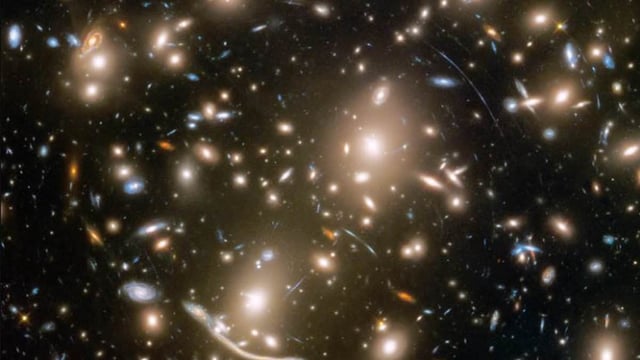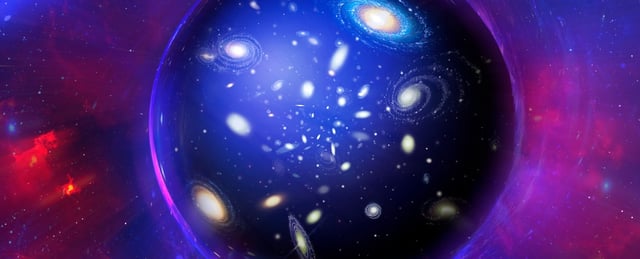Overview
- The model introduces a dynamic dark energy component combining an ultra-light axion particle with a negative cosmological constant to drive eventual contraction.
- It forecasts that cosmic expansion will stall in roughly 7 billion years, ultimately reversing course and culminating in a collapse around 33.3 billion years after the Big Bang.
- Key parameters are derived from data collected by the Dark Energy Survey and the Dark Energy Spectroscopic Instrument, marking one of the first testable timelines for universal fate.
- Researchers highlight substantial uncertainties in their projections and emphasize that scenarios of perpetual expansion remain plausible without further evidence.
- Upcoming astronomical projects designed to refine dark energy measurements are expected to confirm, adjust, or challenge the proposed Big Crunch scenario.

